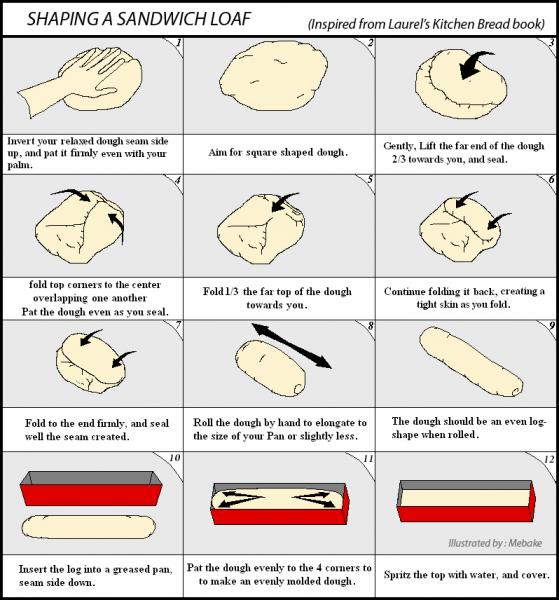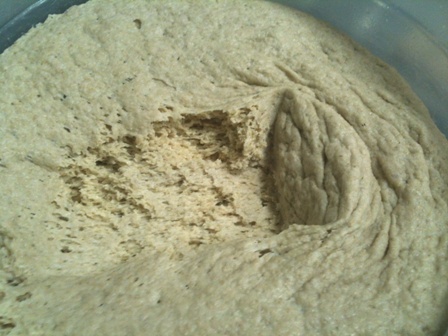Whole Wheat-Spelt Sourdough
There are times when I stare at my pantry and decide to be creative and use leftover flours in bread, this is one of those times.
I had some Whole spelt flour, and Whole wheat flour, and therefore decided to use both in a 50% wholegrain sourdough hearth bread. I made up a formula that benefits from my ripe White liquid starter, here it is:
Preferment:
Bread Flour: 188 g
Water: 188 g
White Starter: 1.5 Tbl
Dough:
Whole Wheat Flour: 280 g
Whole Spelt Flour: 120 g
All Purpose Flour: 251 g

